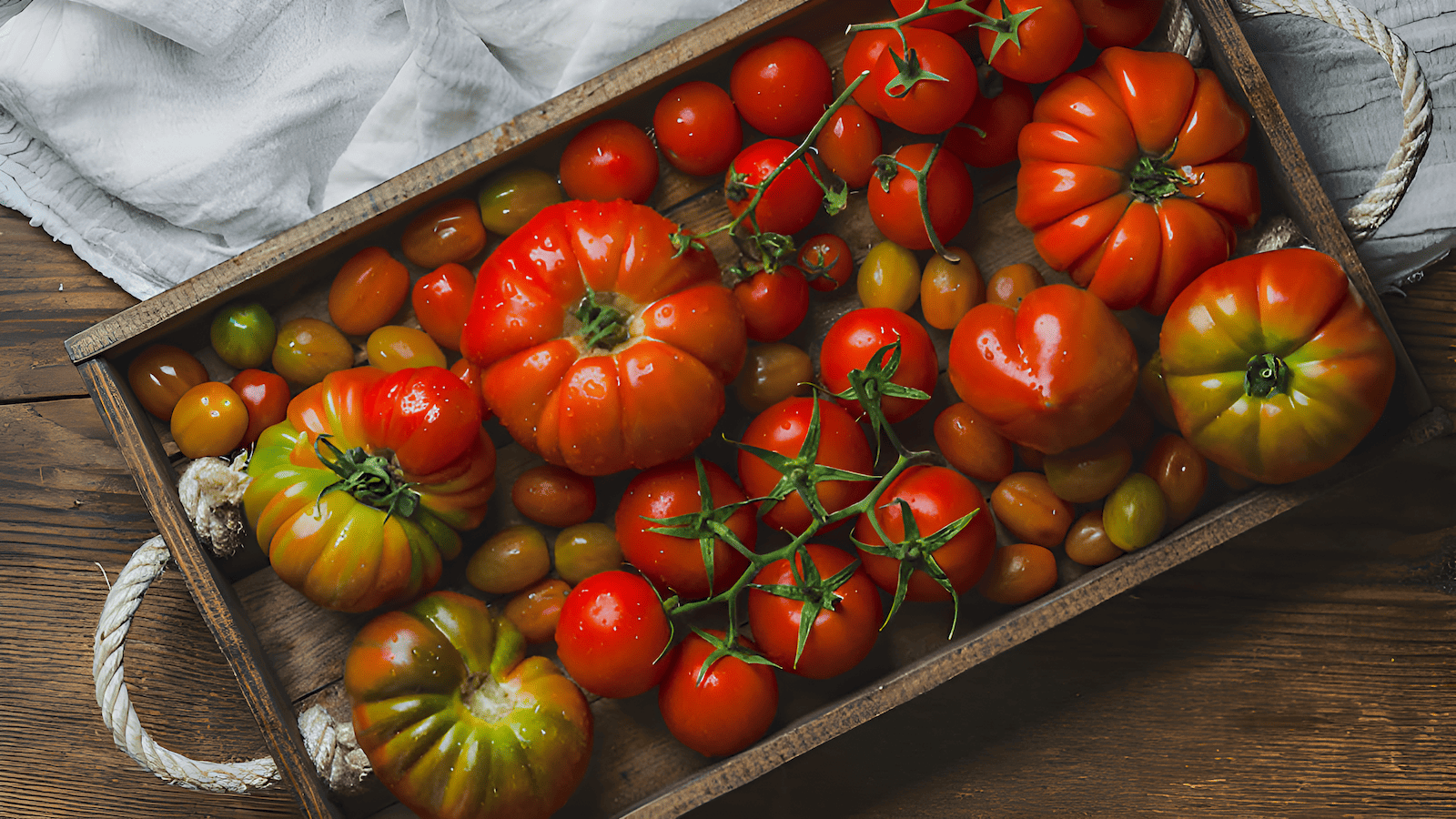
There are two methods commonly uses to calculate farm yield, although one is old fashioned and hardly in use today. The old-fashioned method to calculate crop production per acre uses a formula that require specific inputs to calculate yield such as the crop variety, planting density, and expected yield per plant. Here is a general formula that can be used to calculate production for vegetable crops per acre:
Production per Acre = (Plants per Acre) x (Yield per Plant)
Desired Output:
To use this formula to calculate the desired outputs you will need to know the following inputs:
Once you have these inputs, you can calculate the number of plants per acre using the first part of the formula, and then multiply that number by the expected yield per plant to get the total production per acre.
A simpler, modern way to calculate crop production per acre is to use the farm yield calculator below. Simply click on the drop-down menu, select a vegetable, and click, and a comparison expressed in pounds will appear in the farm acre and Crop Circle Farm Acre boxes simultaneously.
For yield comparisons, it is important to note that, a Crop Circle Farm Acre grows vegetable plants about an Archimedean spiral, which is planted and harvested by hand. Fertilization and irrigation are plant specific, targeted, and automated. An open field farm grows vegetable plants in cultivated parallel rows where the entire field is fertilized and watered. Spacing between plants is similar but spiraled plants are more productive, generally out producing rowed plants 2 to 1 or more.
By employing a resource smart plant specific agricultural system, yields increase between 2 and 4 times depending on climate, length of season, irrigation, and crop type. The system facilitates easy calculation of not only yield and crop production per acre, but water and fertilizer use as well. This permits farmers to precisely calculate to the gallon or the pound plant resources needed and how much they can lower costs, which translates into more profit for the farmer.
Note: Farm vegetable production is averaged from the total harvest from first production to frost. The number of pounds of vegetables a one-acre farm will produce depends on a variety of factors, most of which are environmental, soil composition, adequate fertilization, ground nutrient, available water from rainfall and irrigation, sunlight hours per day, length of season and temperature.
To calculate vegetable production of a larger farm, simply multiply the individual totals by the number of acres.
Ready to transform your land into a high-yield, sustainable farm? Let Crop Circle Farms design and build a custom, low-impact, and water-efficient farm tailored to your needs. Double your income and cut your costs in half! Contact Us
Help us expand our mission to revolutionize agriculture globally. We are seeking partners to implement Crop Circle Farms to feed people in need. Together, we can build scalable food production systems that save water, reduce costs, and feed thousands of people. Contact Growing To Give

The farm yield calculator helps urban farmers calculate how many pounds of vegetables as particular land area will produce. The ability for a small-scale farm to calculate crop yield per acre is essential especially when designing the farm and determining what to grow. Designing an urban farm on an irregularly shaped property can be a challenge using a conventional “growing vegetables in rows” approach to farming. Crop Circle Farming, however, is ideal for growing vegetables on land spaces that do not conform to the typical rectangular shape of a farm. The farm yield calculator will calculate expected production per acre foot from each vegetable selected for the farm.